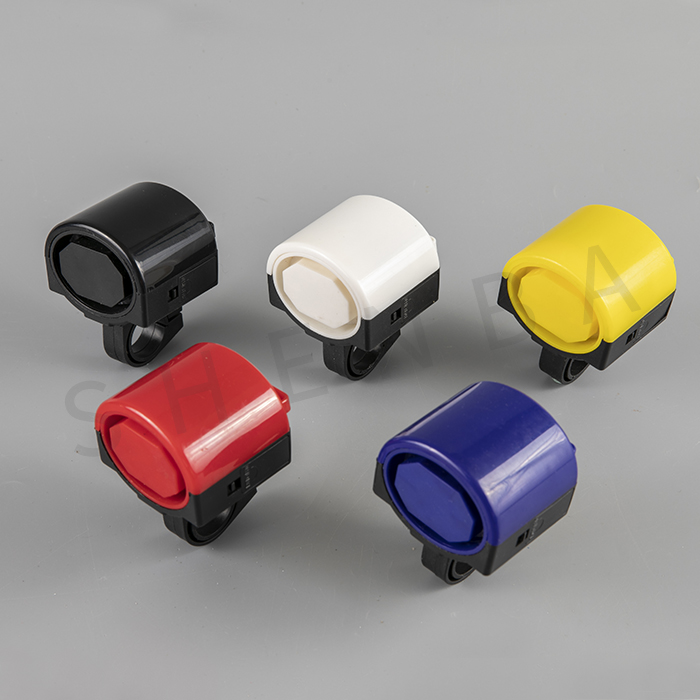Learn how to easily switch between different freehubs and cassettes on a Wahoo Kickr turbo trainer
Impressive sprinter - quite possibly the fastest member of the GCN team Reapair Tools

Wahoo is a fitness technology company based in Atlanta, USA. Wahoo produces a range of cycling technology products, from cycling computers and smart watches to indoor trainers, pedals and other accessories.
Shimano is a bike component manufacturer based in Osaka, Japan. The company is one of the industry’s most popular manufacturers and it makes up around three-quarters of the bicycle component market by value.
SRAM is a components manufacturer based in Chicago, Illinois. The company mainly produces drivetrains, for a wide variety of disciplines, alongside many other components. SRAM’s has acquired other brands within the industry such as Zipp, RockShox and Quarq.
It’s that time of the year when many cyclists head indoors for a winter of cycling. Turbo trainers are a convenient way to navigate through the colder months, but it’s not always as simple as attaching your bike and spinning away.
Most turbo trainers arrive with a freehub body and cassette, but these will need to be compatible with your bike. If they’re not, the freehub and cassette will need to be replaced with something compatible. Here’s how.
For this guide, we’ve used the Wahoo Kickr. Wahoo offers multiple variations of the Kickr but most now come as stock with a Shimano/SRAM-compatible 11-speed cassette. For this guide, GCN’s Alex Paton is changing the stock freehub for a SRAM version, but the process is the same when swapping between other freehubs and for other turbo trainers.
The parts provided with a new freehub will vary per make and model, but it’s important to use all of the fixings provided. Check the instructions that arrive with the freehub if you’re unsure.
To complete the job, Alex used a Shimano lockring tool, an adjustable spanner and a chain whip, but you may need a different lockring tool specific to your set-up.
Attach the chain whip and spanner
Apply grease to the new freehub
Place the new freehub on the turbo trainer
Fit the cassette to the turbo trainer
Start by removing the end cap that’s covering the cassette’s lockring and then insert the lockring tool.
Stand behind the turbo trainer with the cassette on the opposite side and wrap the chain whip around the largest cog on the cassette (the cog with the largest diameter). Once it’s wrapped around, the handle of the chain whip should be on your left-hand side.
Attach the spanner to the lockring tool so that the handle is on your right-hand side.
Push down with your right hand on the spanner while holding the chain whip in place with your left - this will prevent the cassette from spinning so that the spanner can loosen the lockring.
Once it’s loose, use your hands to completely remove the lockring. Take the cassette off the freehub body, making sure that the cogs are kept in the same order.
Stand behind the turbo trainer while removing the cassette as it’ll be easier to apply pressure to the spanner. From your perspective, the spanner should be moving clockwise - this would be anti-clockwise if you were looking directly at the cassette.
Use either a 16mm or adjustable spanner to loosen the freehub lock nut. Once loose, use your hands to completely remove it. You should then be able to simply pull the freehub off the turbo trainer.
There will be a spacer left on the axle once the freehub is removed. This sits between the bearings and the freehub. Leave it in place as it should be compatible with the new freehub.
Before attaching it to the turbo trainer, apply some grease to both the pawls and the thread on the new freehub. This will help the freehub to run smoothly and will prevent it from seizing up - something you’ll appreciate if you ever have to change the freehub again!
Slide the new freehub onto the axle. Once it’s gone as far as it can, rotate the freehub anti-clockwise until the pawls lock into place.
Use the lock nut to secure the freehub in place. Start by threading it by hand before finishing the job with a 16mm or adjustable spanner - don’t over-tighten the nut otherwise it can be a nightmare to remove.
Don’t use the same lock nut that you removed to secure the new freehub. A new freehub should arrive with a compatible lock nut for that specific system.
Slide the cassette onto the freehub body and secure it in place using the lockring. Screw this on by hand and then use an adjustable spanner to tighten it to the correct torque limit.
Finish by covering the lockring with the end cap. These are double sided; one side is compatible with thru axles and the other with quick-release skewers, so make sure it is the correct way round.
Tom is our Online Production Editor who creates tech content for the GCN website
Everything you need to know about cycling indoors, including smart trainer workouts, the best fitness apps for cyclists, indoor training accessories and equipment, plus indoor bike and pain cave set-up
From sweat to worn tyres, turbo training can cause damage or wear to your bike
From turbo trainers to fans, prepare for indoor cycling season with these must-have accessories
A high-intensity sprint session for building power and burning calories

Bicycle Chain Wheel Spanner Get the latest, most entertaining and best informed news, reviews, challenges, insights, analysis, competitions and offers - straight to your inbox